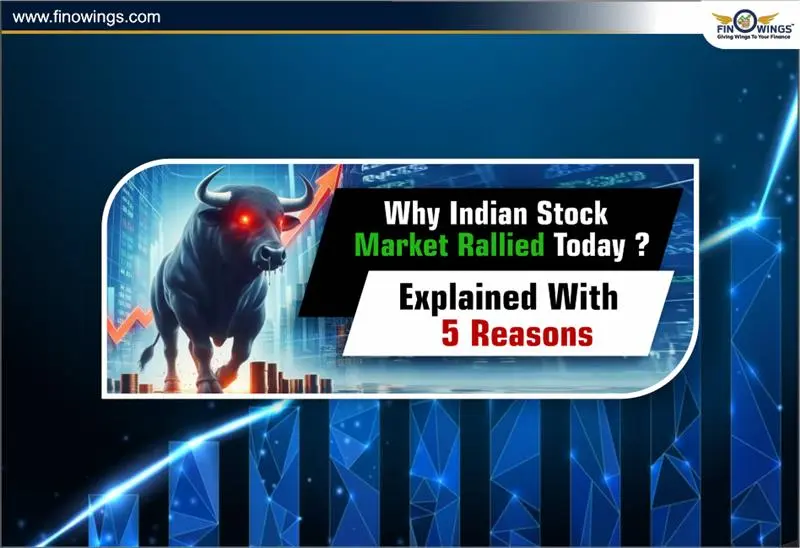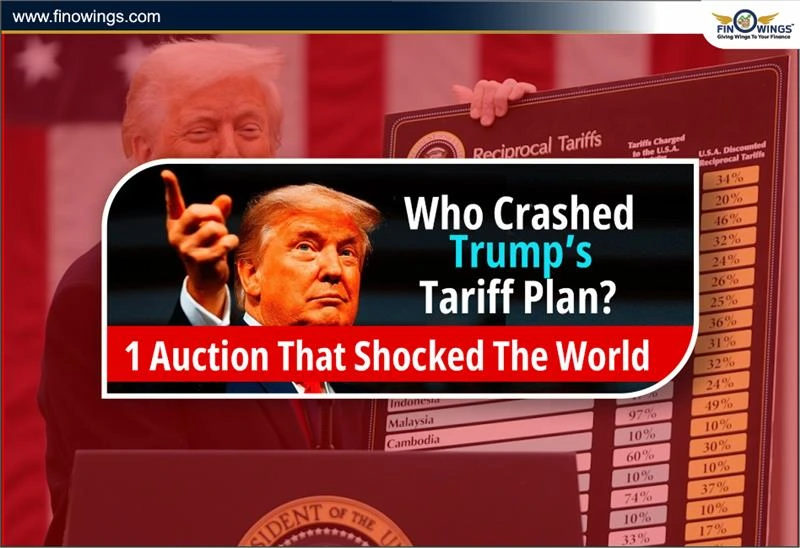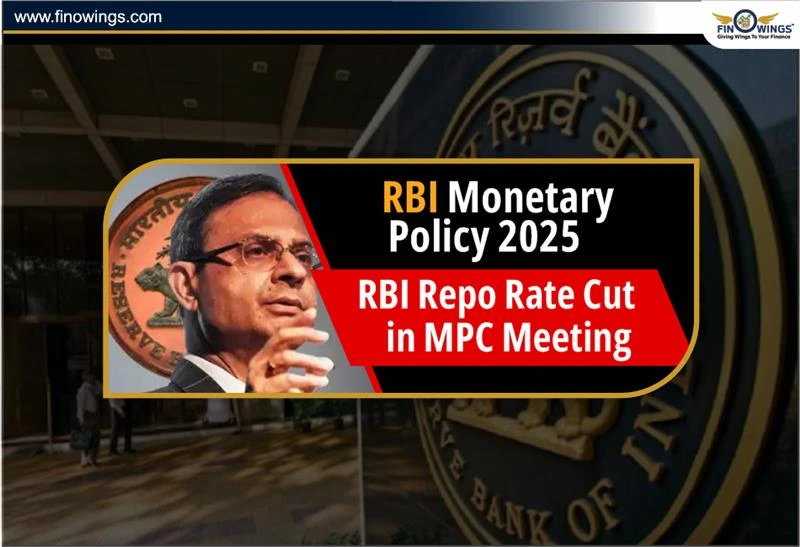Home >> Blog >> Reciprocal Tariffs: US Tariffs on India & Impact on Global Market
Reciprocal Tariffs: US Tariffs on India & Impact on Global Market

Table of Contents
Reciprocal Tariffs Meaning
Reciprocal tariffs refer to taxes or trade restrictions imposed by a country in response to similar tariffs imposed by another country. The sole purpose of these tariffs is to maintain equality in trade relations. If a country raises tariffs against the products of another nation, the retaliatory country may impose tariffs on the imports from the first country. Such counteraction aims to provide protection to its local businesses, retain jobs, and right trade imbalances.
Liberation Day Tariff
On 2nd April 2025, President Donald Trump in the White House proposed a new tariff policy to change the trade relations of the U.S. with other countries and announced as “Liberation Day” to reclaim US Wealth.
This policy places a 10% tariff on almost all imported goods and even higher reciprocal tariffs on selected countries based on trade imbalance and foreign tariffs imposed on American goods.
What is Tariff?
In short, a tariff is a tax imposed by a government on products coming into (or sometimes going out of) the country with the intent of hindering trade for reasons related to foreign relations or finances.
As it was outlined before, a tariff is in essence a duty or tax levied on a foreign commercial product that is brought into a given country.
Reasons For Imposing Tariffs
-
Generating Income: The creation of extra revenue can be achieved using other forms of income injection such as tariff duties.
-
Alter Trade Patterns: To some extent, tariffs can also be imposed to change the nature of trade that the country is accustomed to, be it reducing or sustaining international trade.
-
Protective Discrimination Policies: Tariffs are an example of protective discriminatory policies meant to maintain a favorable price of local goods against foreign goods.
Detailed video:
How Tariff Works
-
Percentage Value: For every imported commodity, a certain % of the said commodity is added to the set price (markup).
-
Paying Import Duty: Tariffs need to be remitted to the relevant border customs proprietary unit by the merchants who are claiming the territory and who declare their goods at the border by the boundary.
Impact of Tariffs
-
Rising Commercial and Domestic Expenses: The over-exaction of tariffs leads to the over-expenditure of foreign goods by contractors for the public.
-
Barriers to Trade: There are advantages and disadvantages of imposing the tariff for instance, trade barriers will lessen the draw of income for a lot of goods.
Click to open demat account.
Key Components of The US Tariff
Universal Baseline Tariff: Effective 5th April 2025, a 10% tariff will be imposed on almost all imports to the United States.
Global Reciprocal Tariffs: Other nations with a favorable trade balance and having imposed greater tariffs on American goods will incur additional tariffs of 10-50%.
China: Total Tariffs: 54%
European Union: Tariffs: 20%
Japan: Tariffs: 24%
India: Tariffs: 26%
Southeast Asian Nations (Cambodia, Laos, Vietnam): Nearly 50%.
Sector Specific Tariffs: A 25% tax on all car imports. This policy will impact other major auto-exporting countries.
Exemption: Canada and Mexico are free from these tariffs as long as the goods are under the US-Mexico-Canada deal (USMCA).
(Image Source: Binance)
US Tariffs on India
It was a flat 26% tariff imposed on all goods exported from India to the United States; a reciprocal tariff of 10%-49% has flexed its teeth through the country by Trump for all others.
As outlined in a White House statement, the U.S. puts a 2.5% levy on imported passenger vehicles while India imposes a whopping 70%.
Apples come into the United States duty-free; 50% is charged on U.S. apples coming into India, and rice will attract 2.7% in the US while in India it is at 80%.
Rationale Behind the Tariffs
The Trump administration tried to defend this by claiming there is a need to eliminate trade deficits, increase domestic production, and mitigate the so-called unfair trade with other countries.
The goal of the administration was to try to shift companies to subsidize the relocation of manufacturing to the USA and possibly increase federal revenue.
Global Reactions on Trump Tariffs
Some countries have announced or are thinking of adopting retaliatory responses-
China: Enacted tariffs on US coal, liquefied natural gas, and agricultural commodities.
European Union: Unveiled intention to impose counter-tariff on American products, including vessels, bourbon and motorcycles.
Canada: Imposed tariff on some US products, including agricultural goods and appliances.
Tariff Impact on Stock Market
BSE Sensex Today and Nifty 50: The Indian markets commenced Thursday with a significant gap down. BSE Sensex had fallen to 76262.06 points by 0.46% or 355.38 points. The Nifty 50 had come down to 0.41% below 95.15 points at 9:57 a.m. What we are witnessing is that Asian markets are under pressure too.
With important sectors such as automobiles, pharmaceuticals, electronics, IT, and jewelry being in the limelight, investors will be anticipating the early trend and sentiment of the market.Nasdaq Futures, Dow Futures, S&P 500: With the abrupt announcement of wide-ranging tariffs by US President Donald Trump on Thursday, Wall Street futures took a drop. The premarket indicators for the S&P 500 dropped by 4.7% and 3.9% for Nasdaq futures while the Dow faced a staggering over 900 point drop.
Conclusion
Recently one of the many elements in which the U.S. has changed the face of global trade with the installation of new tariffs. These have resulted in escalating costs and hampering activities of business enterprises within the states and other countries closely related to the U.S. These economic issues have in turn given birth to Indian, Chinese, and even EU Reciprocal tariffs, prompting potential trade wars. The stock markets of the world, including India's and the U.S.'s have not reacted positively to this policy. However, the long-term effect of the policy will depend basically on how countries negotiate and adapt to the bar against trade.
Disclaimer: No buy or sell recommendation is given. No investment advice it is. Information is taken from various websites. Always take an eligible financial expert’s advice before financial decisions.
Frequently Asked Questions
Reciprocal tariffs are taxes or trade restrictions imposed by a country in response to similar tariffs imposed by another country.
34% Tariff on China is imposed by Trump with the existing 20% on imports from China.
In the first Term, Trump declared his plan to apply a 10% tariff on aluminum imports and a 25% tariff on steel imports on March 1, 2018. He signed an order on March 8 to implement the duties, which would take effect in 15 days. In his second term, he announced new Tariffs on 02 April 2025.
The predetermined price (markup) is increased by a specific percentage for each imported good.
Merchants who are claiming the area and who report the products they sell at the border by the boundary must pay the applicable crossing customs proprietary unit tariffs.
President Donald Trump declared April 2nd as "liberation day," as he is expected to enact what he calls "reciprocal" taxes that would match the tariffs, as well as sales taxes levied by other Nations.




















